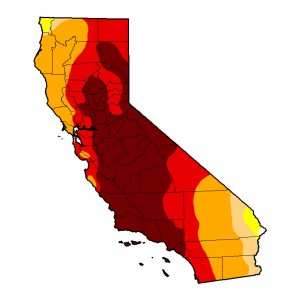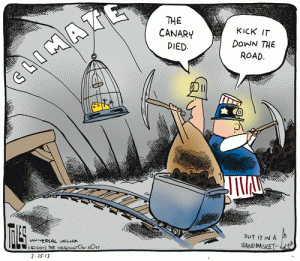When the Water Tap Runs Dry: Coping with Global Droughts
Mar 5th, 2015 | By admin | Category: Water IssuesBy Suzanne York, www.howmany.org
In the U.S., almost all the weather news seems to be fixated on the snow storms back East. Yet despite the cold and snow, more records for heat have been broken than for cold. The winter of 2014-15 has been so warm across much of the West that more than 20 cities set records for the warmest meteorological winter (which runs from December 1 to the end of February), as reported recently by The Weather Channel.It’s not just the American West that is suffering. A heat wave last month in Alaska set records. Australia is enduring one of its hottest summers ever recorded. And São Paulo, Brazil’s biggest and wealthiest city, is experiencing its worst drought in eight decades. Yet you have to really scan the news to know this.
Taps Running Dry
Brazil’s natural disaster monitoring service warned that São Paulo’s main reservoir system could run dry in 2015. Over twenty million residents rely on it. See some aerial views of the reservoir in The Guardian.
The Wall Street Journal wrote that the water utility has reduced pressure in water pipes to force conservation, which has cut off running water to millions of customers for hours, even days at a stretch. Residents have responded by hoarding water in open buckets, watering cans and other makeshift containers. Ironically, the number of cases of dengue fever in São Paulo is rising.
Many scientists think that deforestation in the Amazon is a major contributing factor to Brazil’s drought. In late 2014, Philip Fearnside, a professor at the Brazilian government’s National Institute for Research in the Amazon, said that “With each tree that falls, you lose a little bit more of that water that’s being transported to São Paulo and the rest of Brazil.”
There are other human-related factors in play in São Paulo, including leaks, overconsumption, and mismanagement.
Human-caused climate change is increasing drought risk in California, according to a report out of Stanford University this week. One of the lead scientists said that the continuation of global warming “will result in more frequent occurrences of high temperatures and low precipitation that will lead to increased severe drought conditions.” The current drought affects 37,003,598 Californians.
There have been some predictions that global warming will fuel “mega-droughts” – droughts that last for several decades – in the Southwest and Plains states that are worse than any drought of the past 1,000 years.
And in Syria, scientists have suggested a link between the conflict, drought and climate change. Others have noted population growth as an additional factor.
The Canary in the Coal Mine?
Are the droughts in Brazil, the U.S. Southwest, Syria and many other places the proverbial canary in the coal mine for humankind? Certainly, we are continuing down the business as usual path even though the consequences are hitting us in the face.
As Boston digs out from under massive amounts of snow, Californian citizens, farmers, municipalities and businesses wonder how to cope with less and less precious water. Maybe they can contact the entrepreneurial couple shipping boxes of snow to other states. For $169, you can buy 14 pounds of snow. This just might end up being a great deal.
Suzanne York is a senior writer with the Institute for Population Studies.



